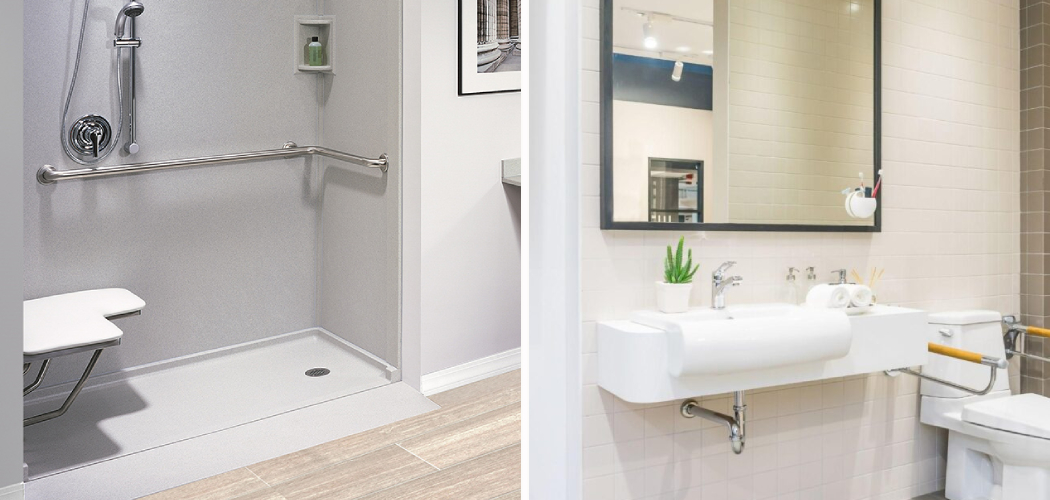A bathroom can be one of the most difficult rooms in a home to adapt for a disabled person. Making sure it is safe and accessible for persons with physical disabilities or limited mobility takes careful planning, extra consideration, and modifications that ensure safety.
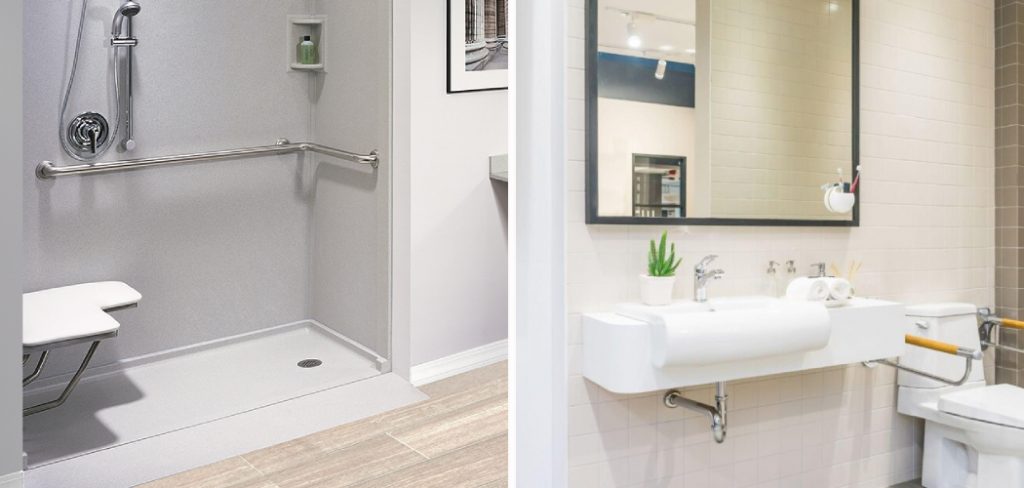
But even if you are starting from scratch, making a bathroom handicap accessible doesn’t have to be expensive or difficult – all it requires is some basic knowledge of what features might be needed and how they should be adapted to the layout of your existing bathroom. In this blog post, we’ll look at the practical steps required to make a bathroom more disability-friendly and discuss why creating an inclusive environment like this is so important for those living with physical disabilities.
Making a bathroom handicap accessible is an important step in creating an inclusive and safe environment for those with disabilities. Ensuring that everyone can use the facilities comfortably and safely should be a priority when designing or remodeling a bathroom. In this blog post, we will cover the steps of how to make a bathroom handicap accessible, including the types of design considerations to be aware of and the materials necessary for creating an ADA-compliant space.
Why is It Important to Make a Bathroom Handicap Accessible?
There are many reasons why it is important to make a bathroom handicap accessible. Such as:
1. To Help Individuals With Disabilities Have Greater Independence
One of the main benefits of making a restroom handicap accessible is that it allows individuals with disabilities to have greater independence. By creating an environment more suited to their needs, those with physical impairments can more easily manage their bathroom routine without assistance from another person.
2. To Make The Bathroom Safe and Comfortable for Everyone
Making a restroom handicap accessible also ensures that the bathroom is safe and comfortable for anyone who may need to use it. This includes individuals with disabilities, as well as elderly people, pregnant women, and young children. When a restroom is designed with accessible features, it can help to reduce the risk of falls or accidents.
3. To Promote Inclusion in Public Spaces
Making a bathroom handicap accessible also promotes inclusion in public spaces. It sends the message that people of all abilities are welcome and can have access to the same amenities as everyone else. This helps create an environment where everyone feels comfortable and included, no matter their physical limitations.
By making a bathroom handicap accessible, you can ensure that individuals with disabilities have greater independence and safety while also promoting inclusion in public spaces. This is why it is important to make a bathroom handicap accessible.
10 Tips On How to Make a Bathroom Handicap Accessible
1. Make Sure the Entrance is Wheelchair Accessible
One of the most important ways to make sure your bathroom can be used by those in wheelchairs is to make sure the entrance is wheelchair accessible. This means that you need to have a wide door with enough clearance for a wheelchair user, as well as an area for them to turn around once they enter the bathroom.
2. Install Ramp Access
If the bathroom is on an upper level of a home, then installing a ramp at the entrance will make it much easier for wheelchair users to enter and exit the space. Also, make sure the ramp is wide enough for a wheelchair to maneuver.
3. Install Grab Bars
Installing grab bars in the bathtub, shower, and around the toilet will give people with mobility issues extra support when using these areas of the bathroom. Make sure that you purchase quality grab bars that are designed to support significant weight and are securely installed into
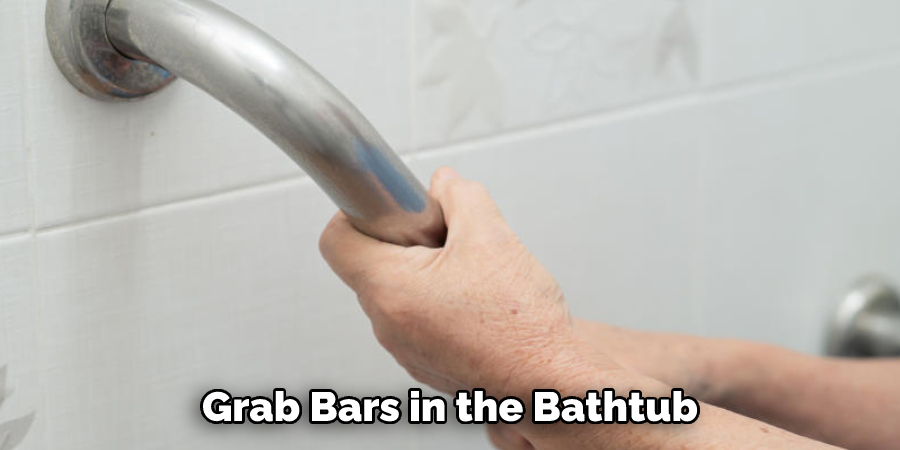
4. Install Grab Bars
Installing grab bars in the shower or around the toilet can help provide stability and support when someone is getting up or sitting down. It’s important to make sure that the grab bars are securely installed into the wall and can support significant weight.
5. Install Non Slip Flooring:
Having a non-slip floor in your bathroom is crucial for wheelchair users or anyone with mobility issues who may have difficulty standing on a slippery surface. Consider installing non-slip mats, vinyl flooring, or rugs with non-slip backing.
6. Install a Raised Toilet
Installing a raised toilet can make it easier for people in wheelchairs to use the bathroom and can also provide additional stability when using the toilet. If you don’t want to install a traditional raised toilet, there are also removable seat extensions that can be used.
7. Install a Shower Chair
Having a shower chair allows those with mobility issues to bathe safely and comfortably. Make sure the shower chair is designed for use in wet conditions and has nonslip feet or legs so it won’t slide around on the floor.
8. Have Easy to Reach Towel Bars
Installing towel bars that are within easy reach can help those with mobility issues dry off after bathing or showering. Make sure you install towel bars on both sides of the bathroom so anyone in a wheelchair can access them.
9. Have Accessible Lighting
Having good lighting in the bathroom is important for anyone with mobility issues. You should install lights that are easy to reach and can be adjusted or turned on/off easily. Also, make sure the lighting is bright enough for anyone to see clearly in the space.
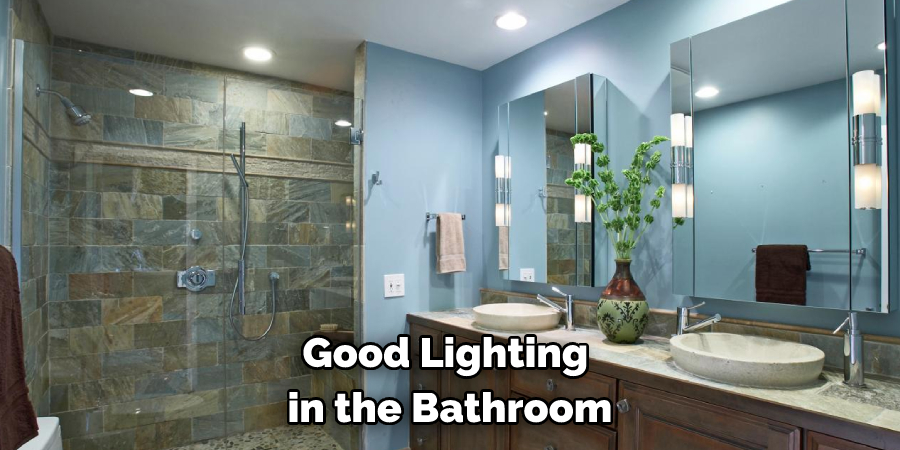
10. Carry Out Maintenance Regularly
Making sure the bathroom is well-maintained, and any problems are fixed promptly can help ensure that it remains safe and usable for those with mobility issues. Check all grab bars, towel bars, and other fixtures periodically to make sure they are securely in place and functioning properly.
Following these tips can help make your bathroom handicap accessible, allowing those with mobility issues to use the space safely and comfortably. If you have any questions or concerns, it’s best to consult an expert who can advise you on the best way to make your bathroom handicap accessible.
Frequently Asked Questions
What Precautions Should Be Taken When Making a Bathroom Handicap Accessible?
When making any changes to a bathroom to make it more handicap accessible, it is important to carefully consider the needs of the user. Sufficient measurements should be taken to ensure that all fixtures and components are adequately sized for the user’s height and weight. Additionally, the bathroom should be equipped with grab bars and a strong, secure handrail in order to provide support for people who have limited mobility. If a bathtub is included, it should be equipped with a transfer seat or bench to make getting in and out of the tub easier and safer.
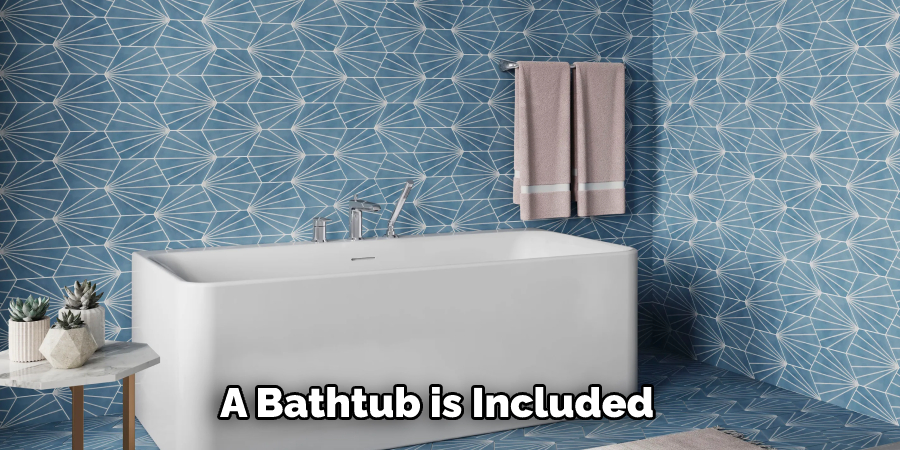
What Are Some Important Features To Look For When Purchasing A Handicap Accessible Shower?
When purchasing a handicap-accessible shower, there are several features to consider. First, look for a wide entryway with no steps to make entering and exiting the shower easier. It should also have grab bars that provide support while bathing. The shower should also include a seat or bench, as well as a low-slope threshold to reduce the risk of tripping. Finally, consider choosing a shower with an adjustable showerhead that can be adjusted to the user’s height and needs.
How Can I Make My Toilet More Accessible For Someone With Limited Mobility?
To make a toilet more accessible for someone with limited mobility, there are several modifications that can be made. First, consider purchasing a toilet with a higher seat height and an elongated bowl to make it more comfortable for the user. Additionally, grab bars should be installed around the toilet in order to provide support while getting on and off of the toilet. If desired, a raised toilet seat can also be installed for added comfort. Finally, consider installing a toilet frame or guardrail to provide extra support and stability.
How Can I Make My Bathroom Floor More Accessible For Someone With Limited Mobility?
To make a bathroom floor more accessible for someone with limited mobility, it is important to ensure that there are no tripping hazards such as loose rugs or cords across the floor. Additionally, the bathroom should be equipped with non-slip mats or tiles to reduce the risk of slipping and falling. If there are stairs leading up to the bathroom, a stairlift or ramp should be installed for easier access.
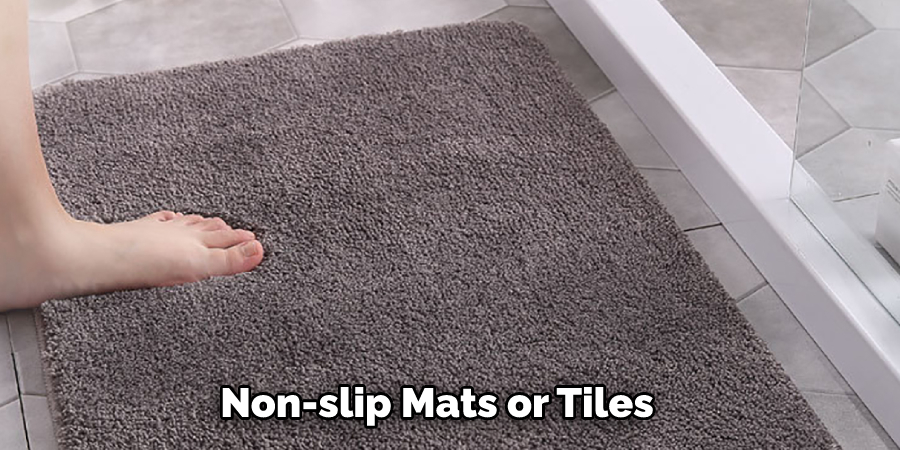
Conclusion
In conclusion, making a bathroom handicap accessible is both an important and achievable task. From widening doorways to installing grab bars and raised toilet seats, it doesn’t have to be a daunting process as long as you stay organized and on top of any regulations required by your municipality. Furthermore, any built-in medical supplies like a bathtub transfer bench should not be forgotten during the process – these items can vastly improve the safety and comfort of individuals with limited mobility.
Now you know how to make a bathroom handicap accessible. As always, if in doubt feel free to reach out to contractors or accessibility experts who can serve as great resources when tackling these types of projects. Making sure that your bathroom is safe, functional and accommodating to those with disabilities doesn’t need to be difficult – with the right research and preparation in place, anyone can make their bathroom into an inclusive space for all to enjoy!

